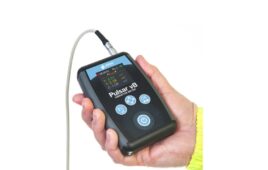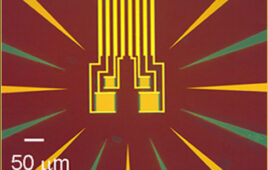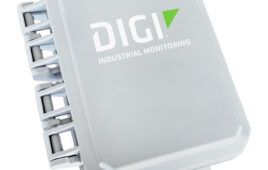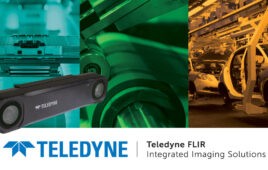Network security involves software and computer-based hardware/firmware to provide access to the authorized and restrict access to the unauthorized. In contrast, physical or brick and mortar security starts with sensors and, if the security system is connected to the internet, it also requires the same network security measures.
Protecting a residence, commercial building or an enterprise’s physical structures and their content typically involves several and many different types of sensors. In addition to a physical key and/or access code, high security areas and high value equipment such as smart phones and computers often employ unique individual access sensors including cameras for facial, iris and/or fingerprint identification. Cameras are also used for surveillance. Other sensors that are commonly found in security systems include motion detection, door and window sensors as well as glass break and intruder detection.
One of the major problems with any sensor-based security is false positives. Implementing a combination of sensors and sensor fusion can greatly reduce false alarms. For example, Infineon Technologies alarm system uses its microphone and pressure sensors as well as separate and combined algorithms.
“In additional to providing the necessary network security through our OPTIGA™ family of embedded security solutions, Infineon Technologies’ XENSIV™ sensors provide physical security for homes and businesses through presence, pressure and sound detection for maximum security,” said Kim Lee, Sr. Director, System Applications Engineering, Infineon Technologies.
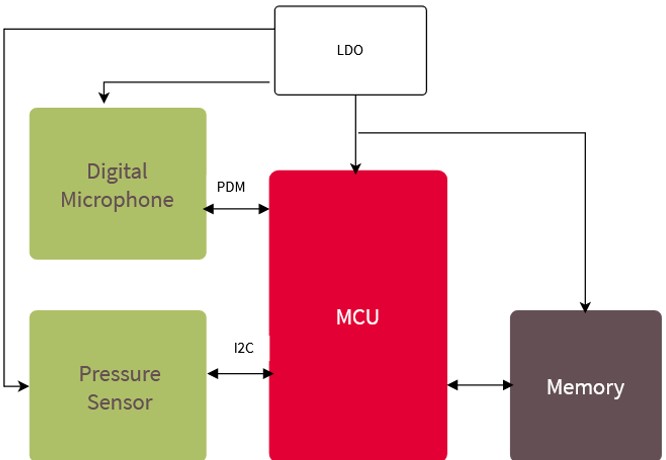 XENSIV™ microphone and absolute pressure sensor products with individual and combined sensor fusion algorithms can provide physical security for homes and businesses.
XENSIV™ microphone and absolute pressure sensor products with individual and combined sensor fusion algorithms can provide physical security for homes and businesses.
The multi-layered security system uses data from a XENSIV™ IM69D130 microphone and a XENSIV™ DPS310 barometric pressure sensor to provide protection against burglary and intruder events. Operating on separate algorithms, the sensors thread it into a combined unit with a sophisticated sensor fusion algorithm. The alarm system enables highly accurate detection of glass breakage and intruder events. Infineon testing has verified that the glass break detection system in high sensitivity settings provides a success rate of 99% and the intruder detection provides a success rate of 96%.
References
https://www.infineon.com/cms/en/applications/solutions/sensor-solutions/alarm-system/
Filed Under: Sensor Tips

